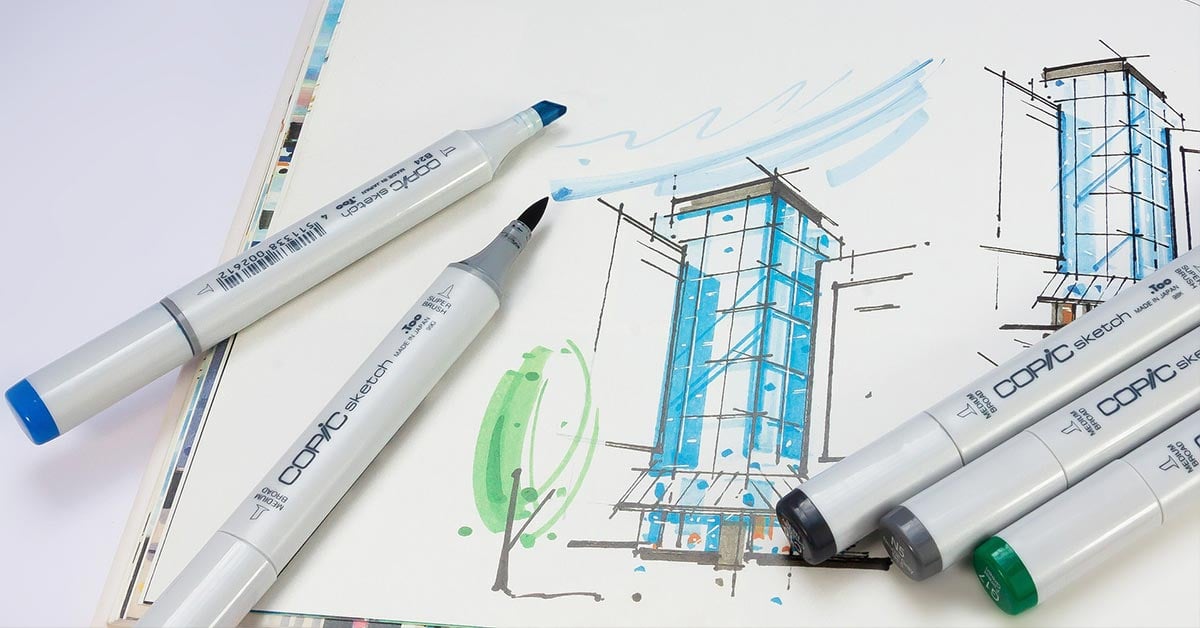
Interior design plays an important role in a wide range of industries, including healthcare.
In a healthcare context, interior design can help to create spaces that are safe for patients. It can help create spaces that inspire healthcare workers, patients and their carers and boost their physical and mental wellbeing.
Why is interior design important for health and wellbeing?
Globally, there is an increasing understanding and recognition of the positive link between interior design and health and wellbeing.
A 2020 World Happiness Report on sustainable development and human wellbeing found a strong correlation between sustainable development and human wellbeing. Additionally, international organisations including the Organisation for Economic Co-operation and Development and European Environment Agency have formally recognised the link between sustainability and human health and wellbeing.
With sustainability having moved to the forefront of the design industry in recent years, interior designers are increasingly embracing sustainable practices in their designs – and in turn creating spaces that have a positive impact on both the environment and human health and wellbeing.
In the UK, over 1,200 architectural and interior design practices have committed to incorporating more sustainable practices in their work and creating spaces that mitigate the impacts of climate change and improve human wellbeing.
Interestingly, neuroscientists have also reportedly discovered what specific interior design choices can help to create homes that improve mental health and wellbeing, lower stress and fatigue, and inspire creativity in their occupants.
What are the challenges of designing for healthcare?
The major challenge of designing for healthcare is striking a balance between regulations and creativity.
Interior designers are faced with the ongoing challenge of creating healthcare spaces that adhere to multiple regulations, while at the same time creating unique and inspiring spaces.
For example, healthcare spaces need to meet certain functional and hygiene standards by law, but this doesn’t have to equate to dull and uninspiring spaces.
Interior designers can think outside of the box to create innovative spaces that both meet regulations and inspire and improve the wellbeing of those using them.
How can interior design help to improve the patient experience?
Just some of the areas in which interior design can help to improve the patient experience include:
Lighting
When you think of hospitals and other healthcare facilities, it’s easy to think of depressing long corridors with rows of dull LED light fittings. However interior design choices, such as increasing access to natural light and ambient lighting, can boost the health and wellbeing of patients.
Noise
Hospitals and healthcare facilities are often hustle and bustle environments – healthcare workers, patients and visitors all contribute to creating a busy, noisy, and often anxiety-inducing environment. But despite this, interior design choices can have a positive influence on the noise impacts of these environments. For example, ensuring wards aren’t overcrowded can greatly help to reduce noise levels, and playing peaceful music in areas such as waiting rooms can help to ease patient anxiety and stress.
Accessibility
It’s crucial to both patients and visitors that healthcare facilities are easy to find and accessible. Interior design choices that embrace accessibility and provide clear directions for patients and visitors can help to create easy to navigate and calming spaces.
How can an MA Interior Design help you succeed in healthcare interior design?
An MA in Interior Design can help you understand the global challenges around creating functional yet innovative spaces for the healthcare industry.
The course includes specific modules where you’ll investigate different forms of interior design across various sectors, including healthcare, as well as insights from industry-leading experts in healthcare design. Your studies will help you research what it takes to create functional healthcare spaces that have a positive impact on the lives of patients.
If you want to learn how to create healthcare spaces that boost patient health and wellbeing, Arts University Bournemouth offers an online MA Interior Design that will help you enhance your existing practice specialism and understanding of key design sectors.
Study 100% online and start in January, May or September:
Related posts
Passivhaus: The gold standard in energy efficiency
Learn more about Passivhaus-standard building and what criteria constructors need to meet to be...
Read the storyInterior design in educational spaces
Discover how interior design plays a role in educational spaces and the learning experience.
Read the storyHow to become a freelance interior designer
Turn your interior design passion into a freelance career. From portfolios to rates, here's all you...
Read the storyStart your creative journey here.
Want to chat or ask a few questions? Fill this in and we’ll give you a call back.
